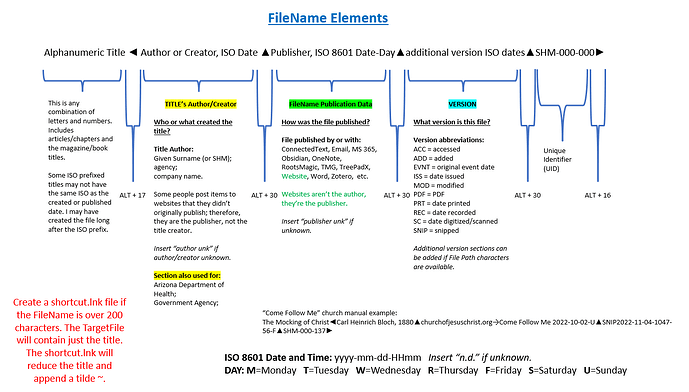I started using Obsidian in January 2021 and there are currently 54,948 notes in my vault. So far, I’ve inserted a YAML frontmatter section in 7,401 of them.
I’ve experimented with plugins, but I haven’t found any that will work for my notes. I maintain a revision history for each note. After each revision a PDF is generated for that note. I use the revision date, rather than v1, v2, v3, etc. as one of the several elements in the Filename. I use a CSS snippet that someone developed so that the YAML section prints on the PDF. Refer to: Frontmatter is not visible when printing - Bug graveyard - Obsidian Forum The CSS snippet that works for me, which was included in the discussion, is found at: You don’t like the way Obsidian shows frontmatter in V1.1? Here’s how to fix it in three easy steps | by Zachary Shirmohammadli | Medium
I’m going to try inserting snippets because I don’t know any other way to attach a copy of the templates. I’m also hoping a snippet of my PDF filename elements will help you understand why my YAML frontmatter template requires additional “inserted” mini-templates.
The following is one of my YAML section templates:

The following is one of the “mini-templates” I insert in the “Dates Read” field:

I use CTRL-Z after inserting this so that it populates the field.
The following is a MS PowerPoint document image. I use it to keep me consistent on my PDF filenames:
